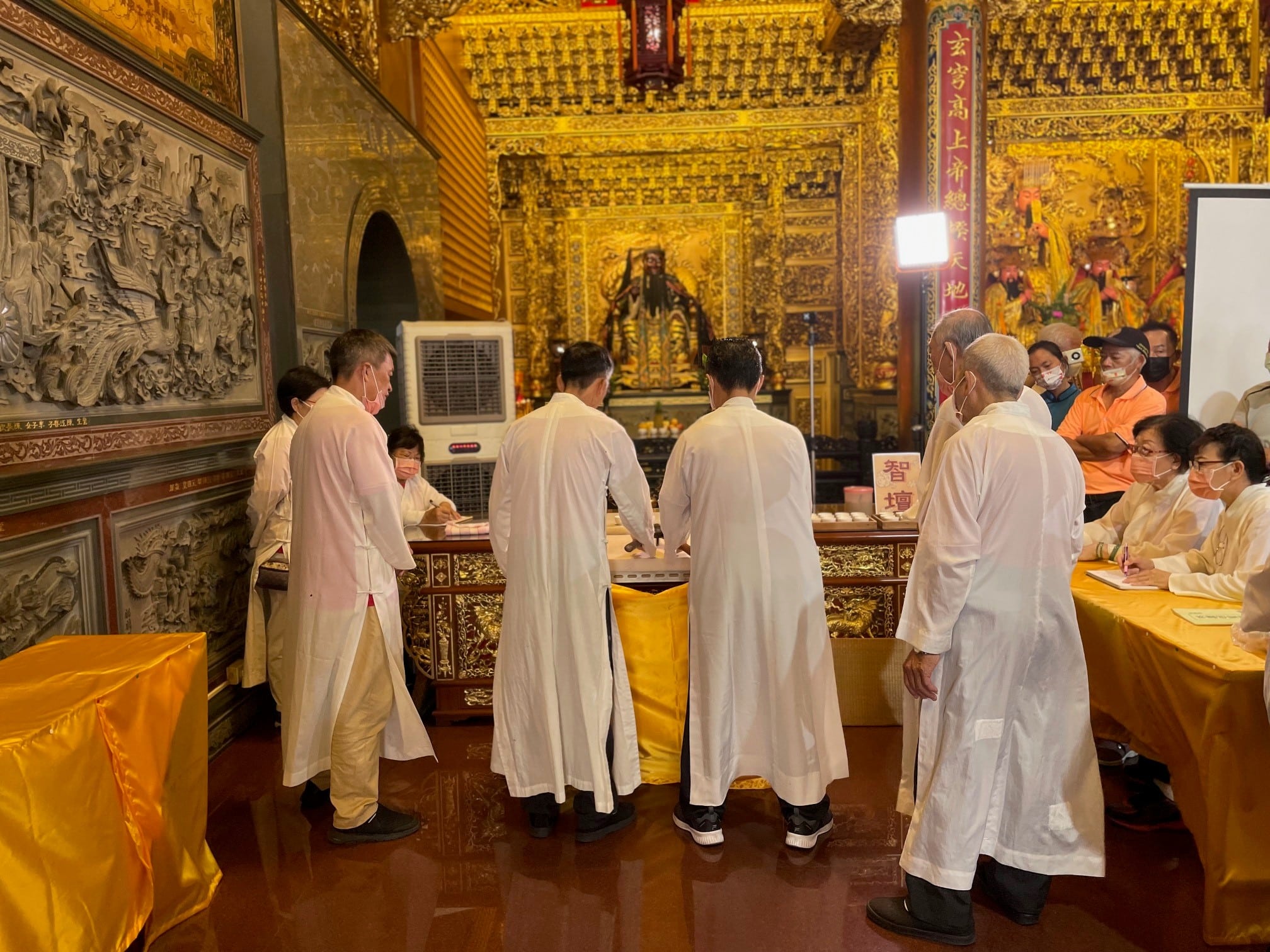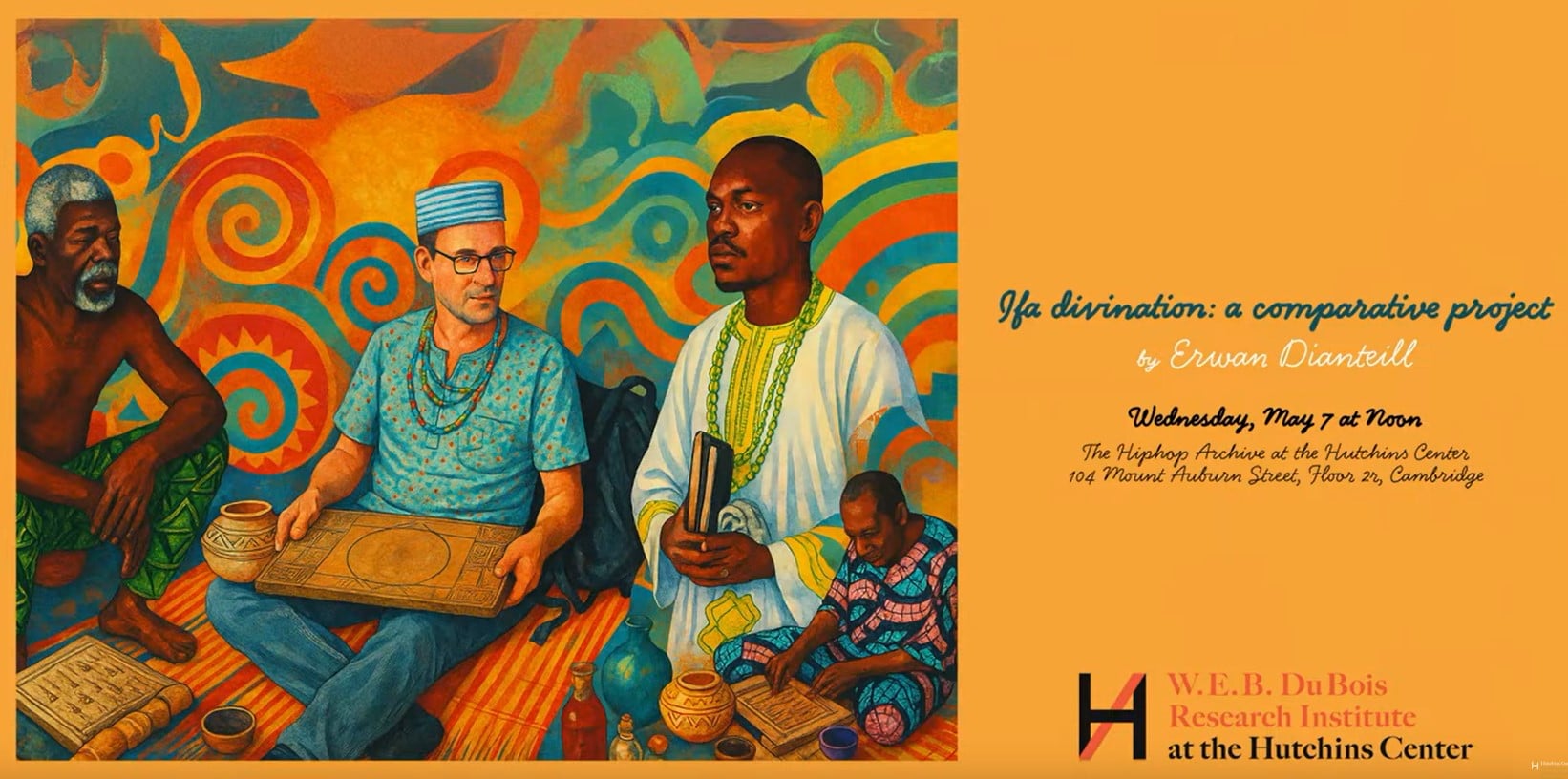Embarking on a journey that transcends geographical boundaries and cultural divides, Prof. Michael Lackner, President of our Society, recently paid a visit to Taiwan, a land rich in history, tradition, and spiritual practices. During his visit, not only did he deliver an insightful lecture on divination, but he also actively engaged with the local spirit-writing community, delving deep into the intricate tapestry of their beliefs and practices. This unique opportunity allowed for the exchange of knowledge and perspectives but also fostered a profound appreciation for the diverse manifestations of divination across different cultures.
Join us as we delve into the enriching experience of Professor Lackner’s “Two-Week Visit to Taiwan: Dedicated to My Research on Divination.”
From February 17 to March 1, I visited Taiwan again after a break of 6 years. On February 19, I gave a lecture on “Poems for Diviners” at the Institute of History and Philology of Academia Sinica. The lecture, which will soon be published in a festschrift for a friend, followed inspiration by Prof. Liao Hsien-huei 廖咸惠. The talk dealt with 9 poems for diviners written by eminent scholars of the Song and Yuan dynasties, including Su Shi蘇軾 (1037-1101). They were intended as recommendations, but clearly reflect different attitudes towards the diviners’ profession. These poems, which are sometimes difficult to decipher due to various intimate allusions, show that the diviners were considered to be on the same level of erudition as the scholars. I have long been interested in the assessment of divination by learned non-experts (“intellectuals”), just think of St. Thomas Aquinas’ judgments on astrology.
Thanks to the contributions of Prof. Chen Wenyi 陳雯怡 and Prof. Chang Ku-ming 張谷鳴 as well as numerous other participants, my contribution has improved considerably.

A two-day visit to a Fuluan 扶鸞 community in Kaohsiung brought some insights that were probably only new to me. Fuluan is known in English as “spirit-writing”: A deity (or perhaps, due to numerous similarities with Catholic saints, better: a saint) residing in a temple descends in ritual into the “brush” of a medium, which actually consists of a fork made of precious wood or other implements. Messages from the saint, who is often apostrophized as “gracious lord” (enzhu 恩主), are written in a bed of sand or ashes and read aloud and written down by bystanders (similar to the prophets προφήτης, who made the Pythia’s messages intelligible). These messages usually contain exhortations on moral behavior (which often appear in book form), but individuals can also ask questions about their fate.


At the same time, the temple also provides “wands of fortune” that provide such answers. (More on this could be seen in Communicating with the Gods. Spirit-Writing in Chinese History and Society, edited by Matthias Schumann and Elena Valussi, Leiden: Brill, 2024).
Unlike previous occasions, however, this time my son and I were not present at a Fuluan ritual, but spent the Yuanxiaojie 元宵節, the festival on the 15th day after Chinese New Year, with the Yicheng tang 意誠堂 community (founded in 1899; their enzhu is the Holy Emperor Guan 關帝).
 This festival was dedicated to the God of Prosperity, who appeared in the form of turtles, as is customary in many other places. I also had the opportunity to talk to the community’s medium (jitong 乩童) for a while. It was only at the age of 30 that he experienced his calling through a kind of shock that ran through his whole body. After days of numbness, it turned out that the “gracious Lord” of the temple had taken possession of him. Of course, the cultural context plays a certain role here, because the voice that makes him wield his writing instrument would have a different name in other places on earth. Some mediums undergo training, others do not. Incidentally, the jitong of the local temple has no name on his shirt, only the character for fu 扶 (to support/help with the hand), while all the other members wear their function and name on their clothing.
This festival was dedicated to the God of Prosperity, who appeared in the form of turtles, as is customary in many other places. I also had the opportunity to talk to the community’s medium (jitong 乩童) for a while. It was only at the age of 30 that he experienced his calling through a kind of shock that ran through his whole body. After days of numbness, it turned out that the “gracious Lord” of the temple had taken possession of him. Of course, the cultural context plays a certain role here, because the voice that makes him wield his writing instrument would have a different name in other places on earth. Some mediums undergo training, others do not. Incidentally, the jitong of the local temple has no name on his shirt, only the character for fu 扶 (to support/help with the hand), while all the other members wear their function and name on their clothing.
Back in Taipei, I had the opportunity to visit the Guangxi Gong 廣熙宮 and talk to the temple administrator in charge. Incidentally, he is an assistant professor at a prestigious university, and it is remarkable that the widespread fear of contact between academics and popular religious practices in the West is virtually non-existent in Taiwan; even in Kaohsiung, some professors sat together with the Fuluan community over dinner. In general, a great religious tolerance can be observed; the various religious and spiritual alternatives are arranged like a palimpsest. Father Piotr Adamek (Societas Verbi Divini SVD 聖言會), who teaches as a professor at Fu Jen Catholic University, noted that a number of Christian believers visit the temples to seek advice on particular matters of fate.
For some time now, I have been interested in the custom of making the “oracle for the fate of the country/state” (guoyun qian 國運籤) on the days surrounding the New Year. This is reported in the media for weeks, and numerous temples compete to see if their predictions are correct. Of course, such predictions can also contain a subversive element, so the claim that this oracle with exactly this name (guo 國) already existed before the 1990s cannot be true. It was only in the 1990s that divination, including predictions for the state of Taiwan, became one of Taiwan’s identity markers. Of course, the tradition of drawing an oracle for the New Year will have existed for a long time, but it may have been more related to the future of a temple community. In Guangxi gong, it was prediction no. 22 for this year, consisting of the cyclical characters dingwei 丁未, which contains allusions to the legend of King Wen 文王 pulling his future advisor Jiang Ziya 姜子牙 to court in a chariot, which amounts to the promise “Fate will naturally meet great auspiciousness” 命內自然逢大吉. Again, it is a jitong medium who pulls the one with the message that applies hic et nunc from 60 sticks. In order for the jitong to enter the mediumistic state, an extensive religious text is recited to him. The temple belongs (with roots in Jiangsu, China) to the Zhengyi lineage of Daoism, (正一道, Way of Orthodox Unity), which is based on the Celestial Master (天師) Zhang Daoling 張道, but in 1960 there was an apparition (dianhua 點化) of the Holy Emperor Guan 關帝, who now inspires the oracle. There is much more to tell about the historical background of this temple, but I will save that for my next visit to Taiwan. All three areas of research mentioned will certainly keep me busy in the future.





